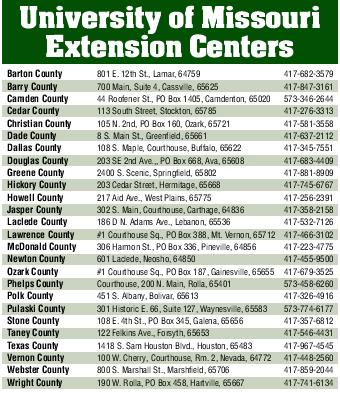About the Extension in the United States
The Cooperative Extension System is a nationwide, non-credit educational network. Each U.S. state and territory has a state office at its land-grant university and a network of local or regional offices. These offices are staffed by one or more experts who provide useful, practical and research-based information to agricultural producers, small business owners, youth, consumers and others in rural areas and communities of all sizes. (1)
The Morrill Act of 1862 established land-grant universities to educate citizens in agriculture, home economics, mechanical arts, and other practical professions. Extension was formalized in 1914, with the Smith-Lever Act. It established the partnership between the agricultural colleges and the U.S. Department of Agriculture to provide for cooperative agricultural extension work. At the heart of agricultural extension work, according to the Act, was developing practical applications of research knowledge and giving instruction and practical demonstrations of existing or improved practices or technologies in agriculture. (2)
Smith-Lever mandated that the federal government (through USDA) provide each state with funds based on a population-related formula. Today, the Cooperative State Research, Education and Extension Service distributes these so-called formula funds annually. (2)
“The Missouri Extension offers a vast range of programs for producers,” explained Justin Adcock livestock specialist for Laclede, Camden, Miller, Wright and Pulaski counties. “Our programs can be tailored to the individual operation. We offer grazing schools, soil testing, rationing formulations – if you can dream it up we can help.”
“The first step to working with the Extension is to know your operation. If you do your homework this process will be much easier,” continued Adcock.
Winter is a good time to plan for the year ahead. “This is the time to look at your herd closely. Cull the ones who aren’t making you any money or giving you fits. Above all else we should continue to push our genetics forward,” said Adcock.
“I would challenge producers to do something not because you’ve always done it that way but because it’s best for the herd. Think outside of the box and try to capture some extra dollars,” advised Adcock.
Two programs Adcock would advise producers to look into:
Premier Beef Program was developed to educate producers in adding value to the feeder side of the beef production and marketing system. This program is intended to help producers coordinate in a marketing alliance with the objective of gaining market power by producing uniform, quality animals that can be traced from birth through slaughter. The benefits include reduced transportation costs, improved market power, fewer transactions and better information available to the buyer.
Show-Me Select Replacement Heifer Program was developed in 1997 with three objectives in mind: to implement a total quality management approach for on-the-farm heifer development, to enhance the marketing opportunities for and add value to Missouri-raised heifers and to provide a reliable source of quality replacement heifers based on genetics and management. “The Show-Me Select Replacement Heifer program has expanded beyond those who just want to sell,” explained Eldon Cole, MU extension livestock specialist county program director for the southwest region. “This program has excited people about using calving ease bulls on their heifers,” added Cole.
For more information about these programs and the other programs available through the Missouri Extension contact your local Extension center.






